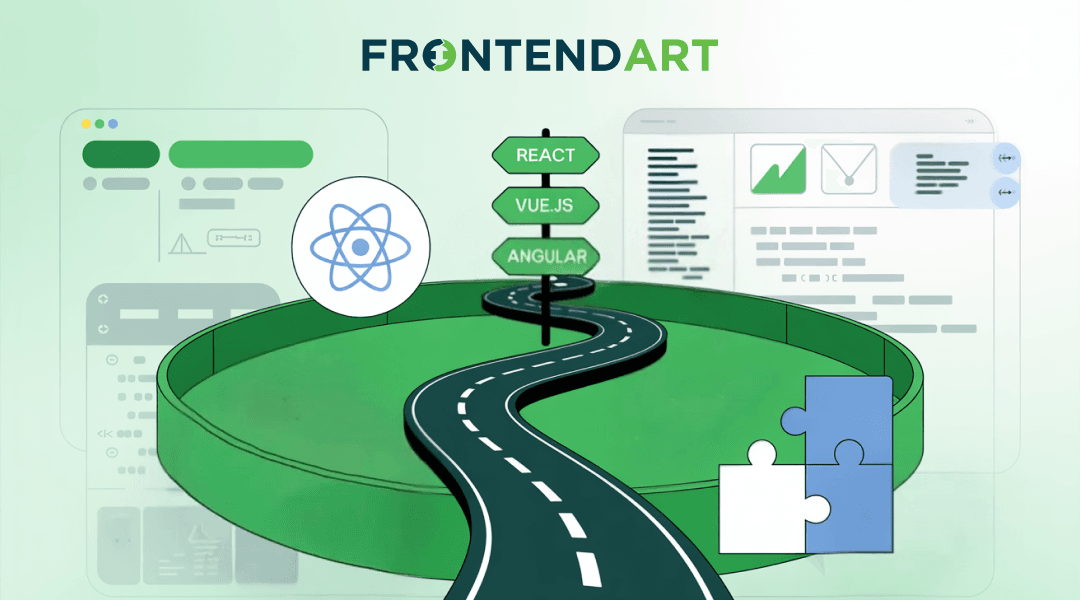
Choosing a frontend framework is no longer merely a technological decision—it’s a strategic one. In 2025, it's increasingly important for software development company leaders and CTOs to consider how their chosen framework will impact business growth.
Why Does the Foundation Matter More than Ever?
Due to the complexity of modern applications, a framework is not just a tool but a fundamental guarantee of quality. A well-selected framework ensures consistent, flexible, and predictable development. Whether your company is developing a product or providing software development services, choosing the right technology is crucial as it will affect the development speed, costs, flexibility, and the ease of finding developers for implementation down the line.
Many popular tools are now available for frontend development. In 2025, leading options include React, Angular, and Vue.js. Before committing to any of them, it's worth considering a few strategic questions. The most important questions for your company are:
- Does this tool help create a fast and compelling user experience?
- How easy is it to maintain and update the product?
- Are there enough experienced developers familiar with this solution?
Only after answering these questions should you evaluate the features and benefits of specific technologies.
How to Choose a Framework in 2025
Before your company commits to a specific technology, consider what it really needs. Below, we’ve compiled the factors to use when evaluating frontend frameworks with your product, team, and business goals in mind.
Development Speed
The faster development proceeds on a project, the sooner comprehensive software testing can begin, bugs can be fixed, and updates released. Before choosing a framework, consider whether the team can easily create reusable UI elements like buttons, menus, or forms that could serve across multiple future projects.
Time Invested in Learning
Every new framework requires learning time, but it matters how easy it is to acquire the necessary knowledge. Look for well-documented guides or tutorials to ease the learning curve. Internal training sessions can also be very effective. At FrontEndART, we deliver the knowledge needed for most technologies through internal development training sessions. Colleagues experienced in the given technology can share knowledge clearly and practically with other developers in less time.
Built-in Tools
Most applications require core framework features like routing or form creation. The key question is whether the technology you’re integrating offers these functions out of the box. The less configuration needed, the better.
Technical Features
Your application must seamlessly scale as the user base and feature set expand. It also helps if the app can be broken into smaller, independent parts; this simplifies updates and improves teamwork. Efficient data handling is equally important, especially for complex apps, as it ensures predictable UI updates. Also consider how the app performs with, say, over 10,000 users or with complex functionality.
Costs
Hidden costs, such as software maintenance or hosting, can quickly consume your budget. Answering a few questions can help better plan the budget for integrating a framework. Is the framework free, or will you need premium plugins, upgraded hosting, or third-party services? Also consider how often the technology is updated—frequent changes may require more developer hours.
Which Is the Best Framework Now?
The answer: it depends. It’s not about which framework experts consider best in 2025, since each has its strengths and trade-offs.
The best choice depends on what your product or service is built around: do you prioritize a robust ecosystem, maximum performance, or rapid development with a small team?
Remember—these are just tools to help achieve your goals. What truly matters is creating a product or providing a service that meets user needs and can scale with your business.